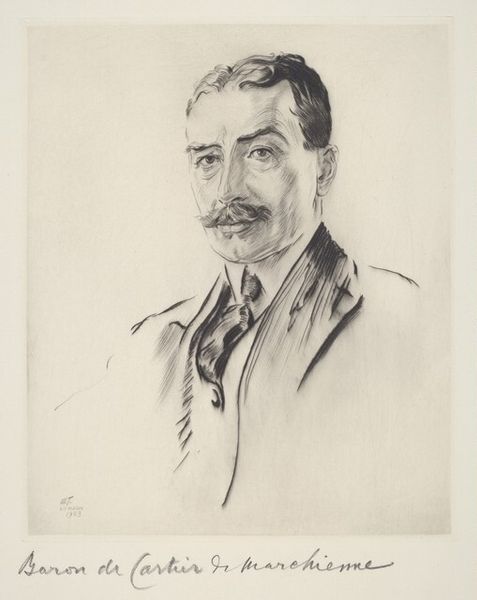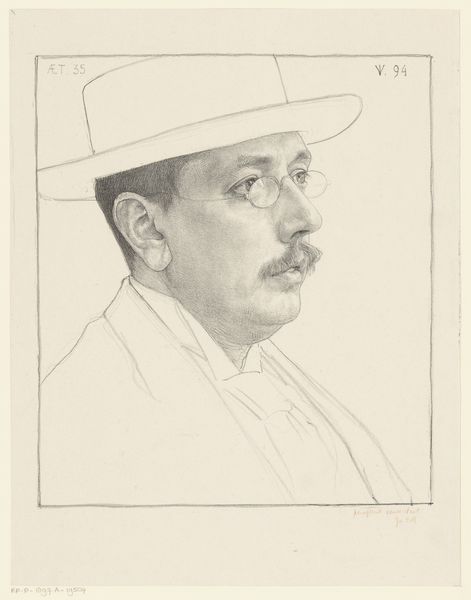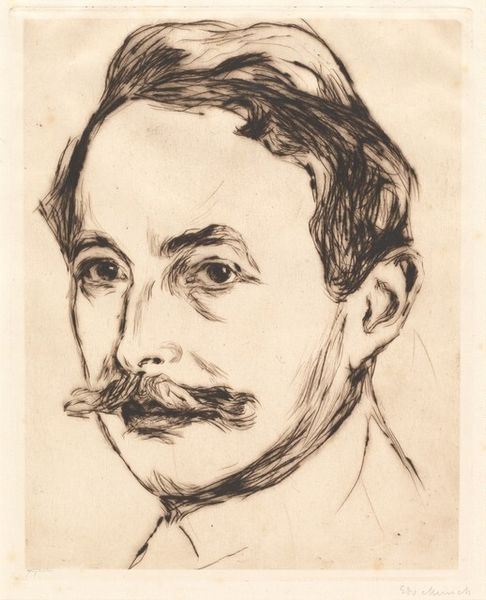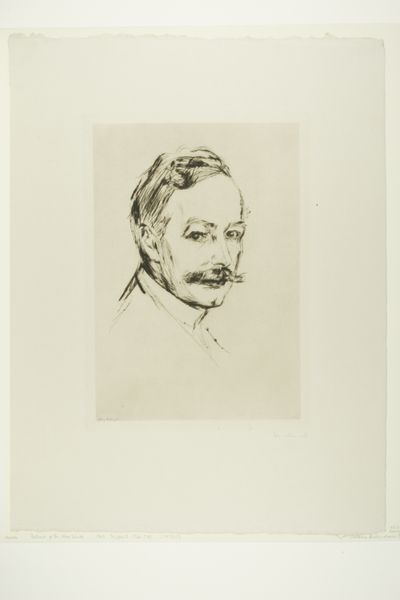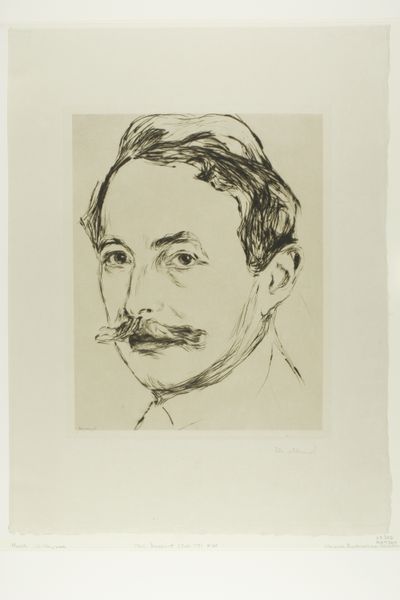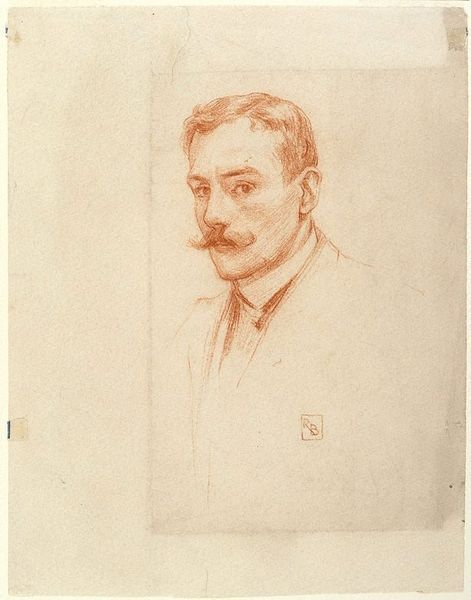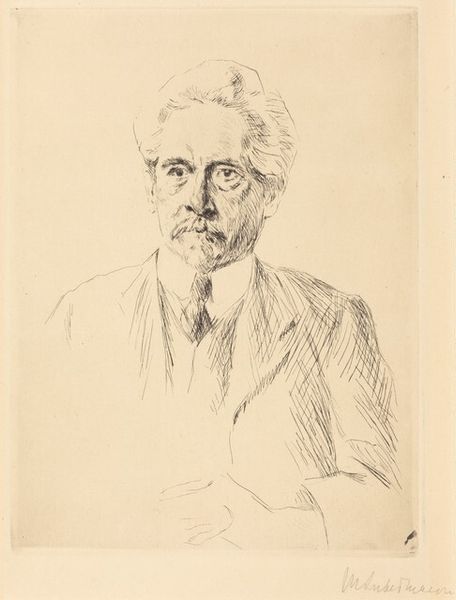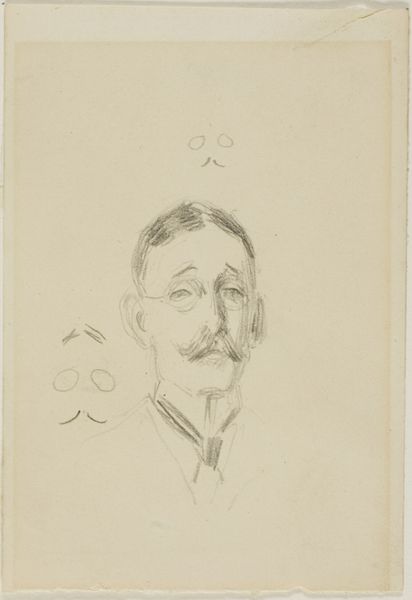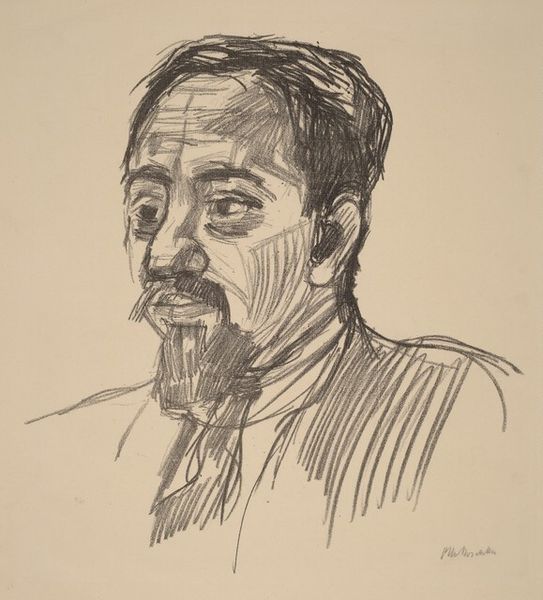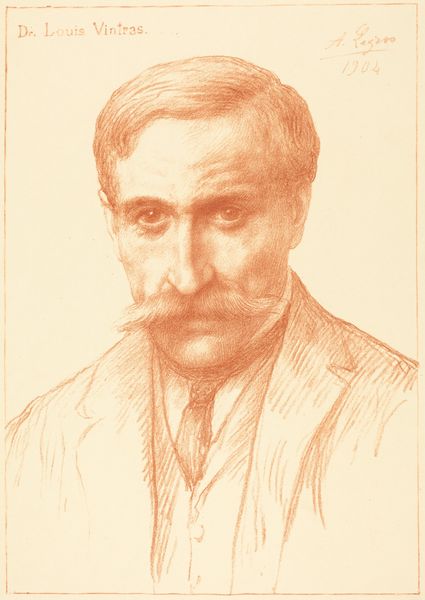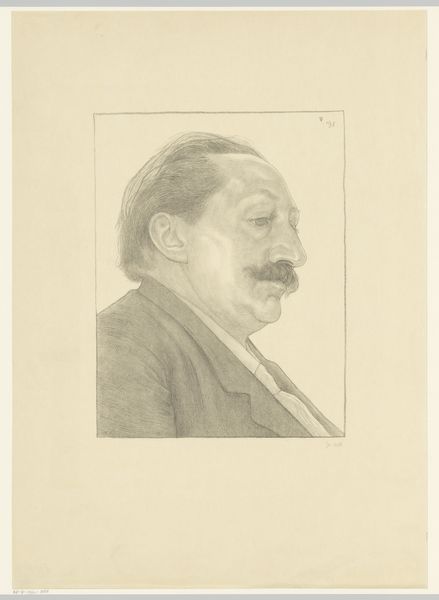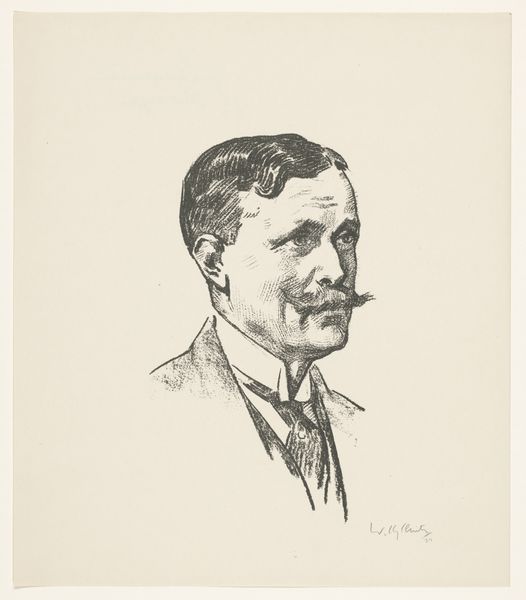
print, etching, ink
#
portrait
# print
#
etching
#
asian-art
#
ink
#
modernism
#
realism
Dimensions: plate: 30.48 × 25.4 cm (12 × 10 in.)
Copyright: National Gallery of Art: CC0 1.0
Curator: Here we have Walter Tittle's 1922 etching, a portrait of Dr. Alfred Sze, the Chinese Minister to the United States. What are your initial thoughts on this piece? Editor: He has a very serious demeanor, almost guarded, yet there's a gentleness in his gaze. The soft shading suggests a subtle approach to diplomacy, maybe even a cautious optimism? Curator: Absolutely. Tittle's choice of etching, a printmaking technique allowing for fine detail and subtle tonal variations, suits the subject well. Think about the historical context: Sze was navigating complex international relations during a period of immense social and political change in China. The soft realism reflects the delicate balance he had to maintain. Editor: The Western gaze is implicit, isn't it? How much was Tittle aware of the representational politics at play, framing a Chinese diplomat for an American audience? Was he offering respect or exoticizing his subject? Curator: A crucial question! During this period, the US attitude toward China was layered with both interest and prejudice. Sze himself was a Western-educated diplomat, fluent in English, embodying a bridge between cultures. This portrait circulated in magazines and galleries. It functioned as a form of cultural exchange, shaping perceptions of China in America. Editor: It strikes me how carefully Tittle crafted this image. It's not overly stylized or romanticized. There's a modern sensibility here, fitting the evolving image of China on the world stage. Do we know about Sze's input into the image and how he might have used the portrait in shaping the public's understanding? Curator: Historical records indicate Sze was conscious of his image and utilized portraits strategically to cultivate relationships with international counterparts and media outlets, using this artwork to facilitate diplomacy. Editor: So this image serves as a vital entry point to exploring power, representation, and cultural exchange. The apparent simplicity of the portrait dissolves into complex narratives about East-West relations during the early 20th century. Curator: Precisely. And it reveals the nuances of cultural diplomacy during a transformative era, inviting us to consider art's role in fostering dialogue amidst political complexities. Editor: Looking closely reminds me of the enduring value of seeing portraits as negotiated exchanges of identity, as they impact a viewer's interpretations within evolving global narratives.
Comments
No comments
Be the first to comment and join the conversation on the ultimate creative platform.
